EDUCATOR GUIDE
IMMERSIVE FIELD TRIPS
to the museum
BOOK A SHOW
in the Acheson Planetarium or we can bring our Mobile Acheson Planetarium to your school

SCHEDULE A VISIT
to our newest traveling exhibit: Galileo: Scientist, Astronomer, Visionary
INTERACTIVE CLASSROOM VISITS at your school
ENGAGING VIRTUAL PROGRAMMING that can take place anywhere
2023-2024
Bring STEAM and natural history to life!
Experiences include programs in astronomy, earth science, engineering, life science, physical science, and social studies, designed for Pre-K - 9+ classrooms. Our programs are NGSS-aligned and can be customized to meet your curriculum.

THANK YOU!
for choosing Cranbrook Institute of Science for your STEAM programming. New this year, EVERY student participating in any program receives a voucher to return to the museum for FREE general admission!
OF
TABLE
CONTENTS Steps to Register 3 Programs for Pre-K 4 Programs for Grades 6-8 5-6 Programs for Grades 3-5 7-10 Programs for Grades 6-8 11-12 Programs for Grades 9+ 13-14 Acheson Planetarium Programming 15-17 Acheson Mobile Planetarium 18 NEW! Exhibit: Galileo: Scientist, Astronomer, Visionary 19 Permanent Exhibitions 20-21 Pricing & Policies 22-23 FAQ 24-25 Contact Cranbrook Institute of Science Back Cover
STEPS TO REGISTER
Plan your experience with Cranbrook Institute of Science through the steps below, then REGISTER HERE!
STEP TWO
Consider the following information that is needed for registration:
• Will this experience be virtual or in-person? If in-person, would you like a field trip at the Institute, or would you like for us to come to you?
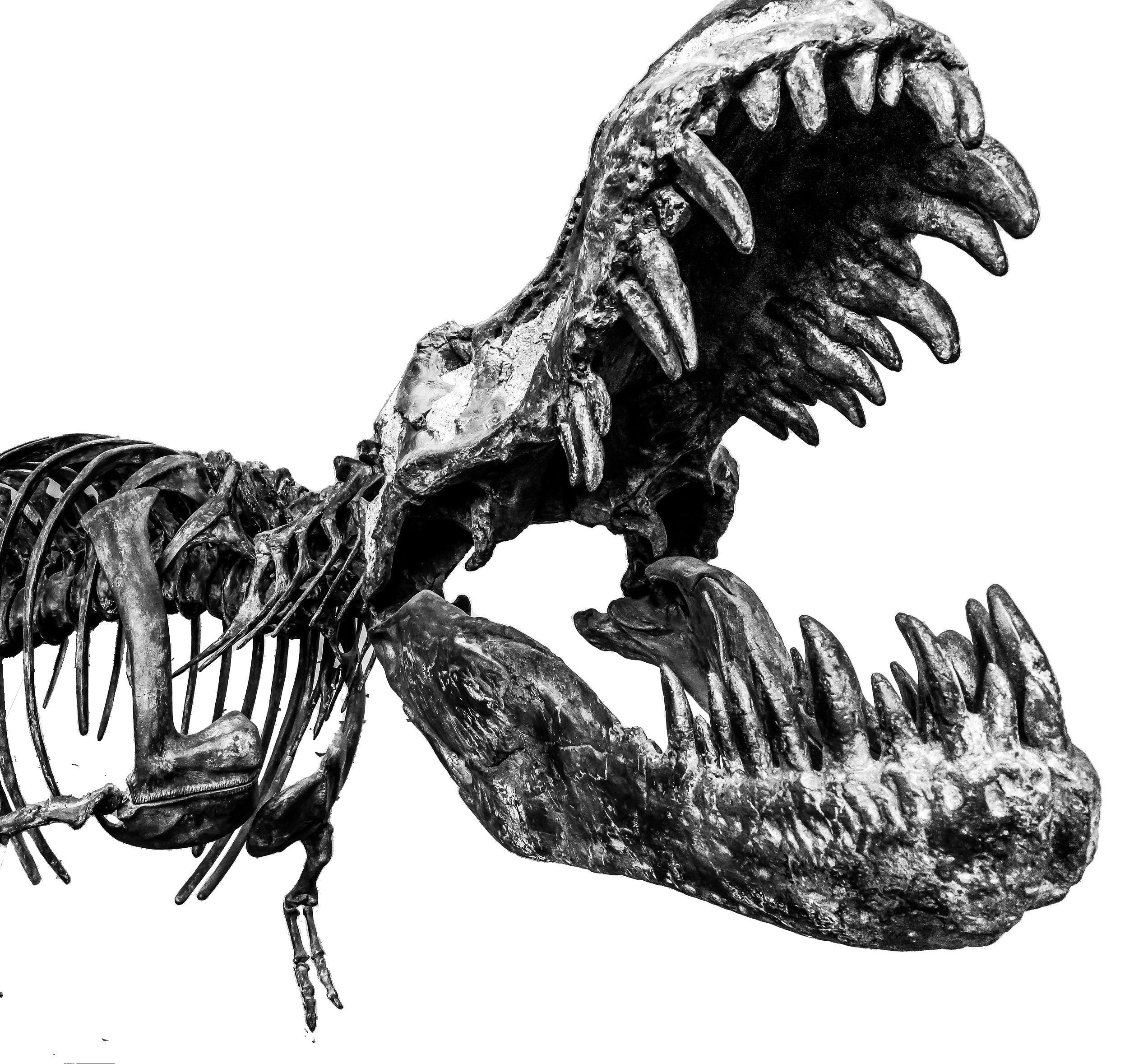
• What time of year are you considering? Sooner than 45 calendar days from now? If so, email us at CISReservations@ cranbrook.edu
STEP ONE
Read through program descriptions in this catalog to find the right experience for your class.
• Programs are offered Wednesday - Friday, on the hour, beginning at 9:00am.
• What are your top 3 date choices? We will make every effort to accommodate your first choice.
• The programs are listed by grade level. Which programs would you like your group to experience? Not sure? We’re happy to make suggestions. Email us at CISReservations@ cranbrook.edu
• How many students, teachers, and chaperones will attend?
• Does anyone in your group have special needs?
• If you’re visiting the museum, will your group arrive by car or bus?
• Do we have permission to take photos of your students during the program?
STEP THREE
REGISTER NOW and get ready! Review pre-visit materials, secure transportation, recruit chaperones, and collect permission slips.
3
PROGRAMS FOR PRE-K


















Programming is available through field trips to the museum, Science on the GO! , and Science on the SCREEN!. Use the key to determine how your classroom will experience each program.
Dino Tale | Earth and Space Science
Work like a paleontologist and travel back in time to visit the land of dinosaurs and uncover the fossilization process. Using real specimens and model casts, piece together the story of those that ruled the land millions of years ago. For Science on the GO! this is a single-class program.
Light & Sound | Physical Science







Focus on the physics of waves to explore and describe the properties of light and sound, and discover how these forms of energy are generated, measured, and controlled. This auditorium presentation utilizes volunteer participants. For Science on the GO! this is a multi-class program.
Webs, Wings, and Crawling Things! | Life Science
Explore the fascinating adaptations of insects, arachnids, and more! This hands-on program investigates anatomy, adaptations, and behavior using models, mounted specimens, and assorted live insects from the Institute’s collection. For Science on the GO! this is a single-class program.
What Makes Objects Move? | Physical Science
Utilize this inquiry-based experience to explore the concept of motion and study cause and effect relationships. Practice scientific processes by asking questions, observing, designing solutions, exploring materials, and communicating your ideas, all while discovering what causes objects to move. For Science on the GO! this is a singleclass program.
Many of our field trip programs are customizable for delivery at your location or virtually. Send a message to CISReservations@cranbrook.edu to inquire about curating an experience for your group!
SCIENCE ON THE GO! at your location SCIENCE ON THE SCREEN virtual program FIELD TRIP at the museum
All programs are NGSS-aligned. 4
PROGRAMS FOR GRADES K-2




Programming is available through field trips to the museum, Science on the GO! , and Science on the SCREEN!. Use the key to determine how your classroom will experience each program.
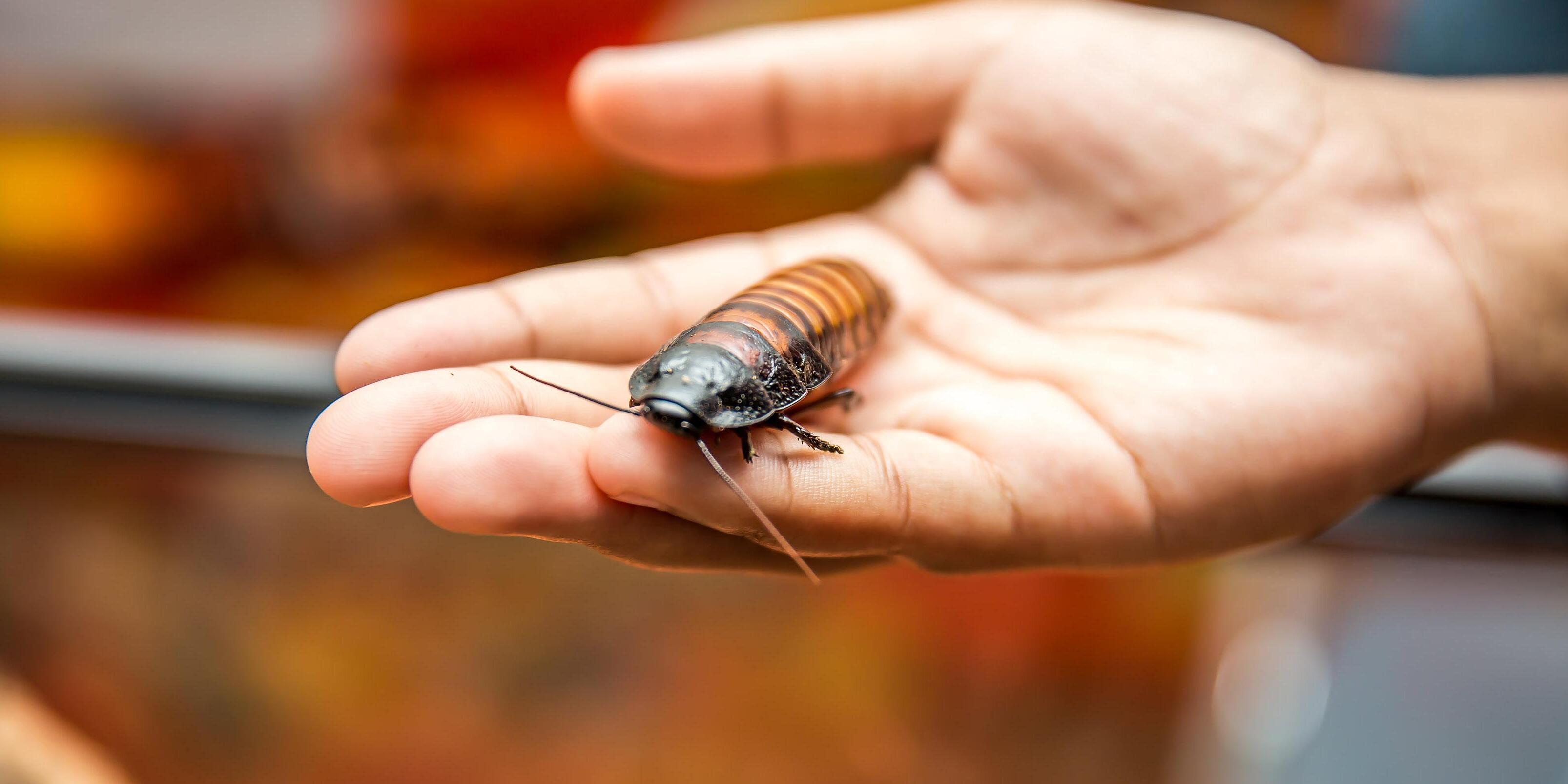
Dino Tale | Earth and Space Science
Work like a paleontologist and travel back in time to visit the land of dinosaurs and uncover the fossilization process. Using real specimens and model casts, piece together the story of those that ruled the land millions of years ago. For Science on the GO! this is a single-class program.
Forces & Motion | Physical Science
Explore how scientists define “force” and “work.” Investigate how to make work easier by applying pushes and pulls to play tug-of-war and lift an adult off the ground using simple machines. This auditorium presentation utilizes volunteer audience participants.
Frontier Michigan | Social Studies





Embark on an interactive exploration of a multicultural community made up of Native Peoples, French habitants, and American settlers that lived in and around Southeastern Michigan in 1796. Pursuing the compelling question, “How did residents of the past live in the area currently known as Detroit?” students will have the opportunity to investigate various tools used by four 18th century residents.
Light & Sound | Physical Science








Focus on the physics of waves to explore and describe the properties of light and sound, and discover how these forms of energy are generated, measured, and controlled. This auditorium presentation utilizes volunteer audience participants. For Science on the GO! this is a multi-class program.

All programs are NGSS-aligned.
SCIENCE ON THE GO! at your location
SCIENCE ON THE SCREEN virtual program
5
FIELD TRIP at the museum
PROGRAMS FOR K-2














Matter & Energy Physical Science
Investigate matter and the qualities scientists use to classify it as a solid, liquid, gas, or plasma. Explore mechanical energy, sound energy, light energy, heat energy, electrical energy, and chemical energy, and the effect each has on matter. Observe how energy is neither created or destroyed but can change from one form to another. This auditorium presentation utilizes volunteer audience participants. For Science on the GO! this is a multi-class program.
Webs, Wings, and Crawling Things!
Life Science
Enter the world of insects, arachnids, and more! This hands-on program investigates anatomy, adaptations, and behavior, using models, mounted specimens, and assorted live insects from the Institute’s collection. For Science on the GO! this is a single-class program.
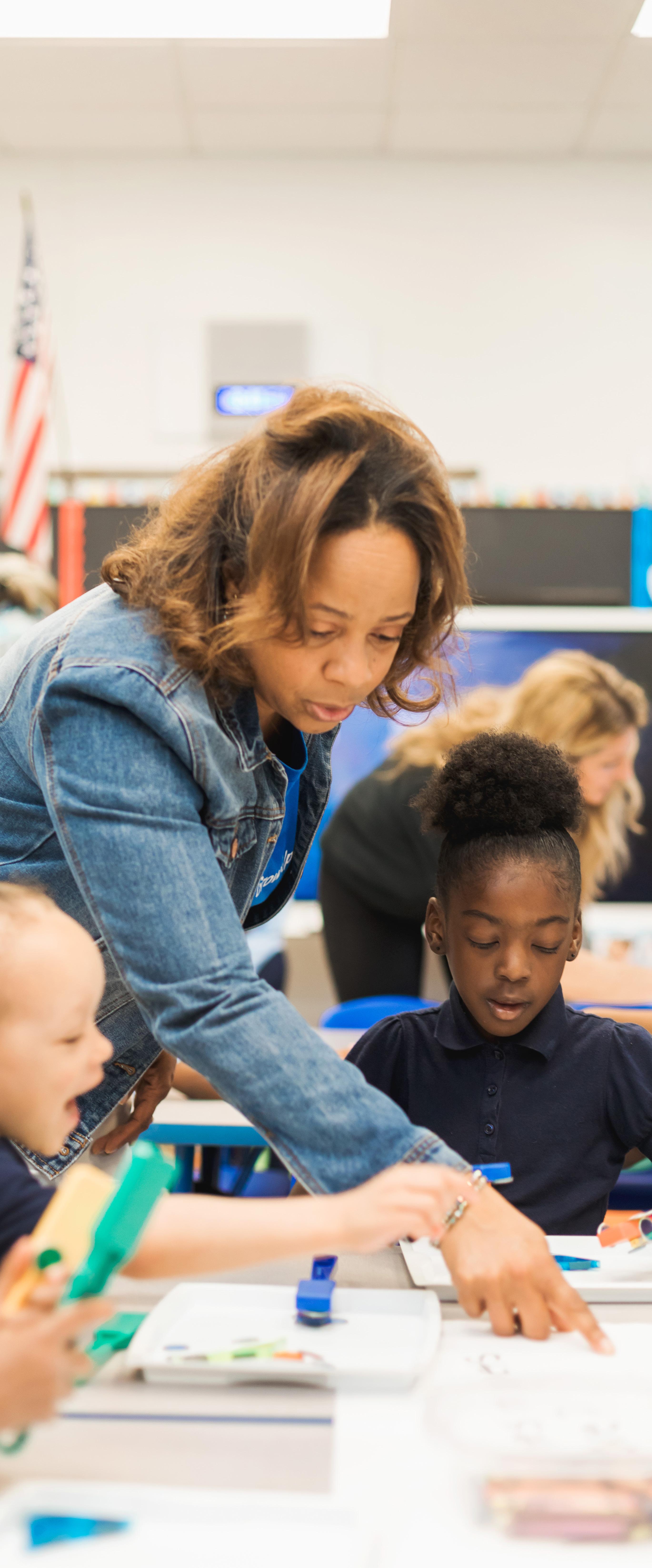
What Makes Objects Move? Physical Science
Utilize this inquiry-based experience to explore the concept of motion and study cause and effect relationships. Practice scientific processes by asking questions, observing, designing solutions, exploring materials, communicating ideas, all while discovering what causes objects to move. For Science on the GO! this is a single-class program.
Many of our field trip programs are customizable for delivery at your location or virtually. Send a message to CISReservations@cranbrook.edu to inquire about curating an experience for your group!
All programs are NGSS-aligned. 6
CONTINUED
PROGRAMS FOR GRADES 3-5
Programming is available through field trips to the museum, Science on the GO! , and Science on the SCREEN!. Use the key to determine how your classroom will experience each program.

Approaches to Problem Solving | Engineering














Experience the engineering skill of empathizing with others, the power of brainstorming ideas, and the necessity of creating a design prototype to meet the needs of a predetermined user. Participating in this Design Thinking process includes sharing and receiving group feedback to enhance prototypes. For Science on the GO! this is a single-class program.
Dinos Drawn Wrong | Earth and Space Science


Ponder the fact that every dinosaur image ever constructed was based solely on the evidence or knowledge available at the time. As scientists unearth new evidence, and data is updated, so is our understanding of what dinosaurs may have looked like – possibly rendering previous images inaccurate! This hands-on program demonstrates how paleo artists use current science to make the most accurate designs possible.
Electricity & Magnetism | Physical Science
In this energetic program, examine the properties of magnets and how they interact with common materials and each other. Investigate the discovery of electricity and its connection with atoms. Create a human magnet, a human circuit, perform a hair-raising experiment, and experience our million-volt lightning generator to observe how electricity and magnetism interact with matter. This auditorium presentation utilizes volunteer audience participants.
Forces & Motion | Physical Science
Explore how scientists define “force” and “work.” Investigate how to make work easier by applying pushes and pulls to play tug-of-war and lift an adult off the ground using simple machines. This auditorium presentation utilizes volunteer audience participants.
SCIENCE ON THE GO! at your location SCIENCE ON THE SCREEN virtual program
at the museum 7
FIELD TRIP
PROGRAMS FOR GRADES 3-5








Fur Trade Alive! | Social Studies
Meet a French voyageur on the middle ground between Native Peoples and European traders of 18th century Michigan. Hands-on materials enliven the adventure, which takes place in a period Native American replica wigwam (weather permitting).
NEW! Galileo a STEAM Visionary

This limited, one-of-a-kind experience takes place at Cranbrook Institute of Science AND Cranbrook Art Museum.
Institute of Science portion includes: Access to the Institute, entrance to our newest traveling exhibit: Galileo: Scientist, Astronomer, Visionary, and a live sky show in the Acheson Planetarium. Art Museum portion includes: Admission to the museum, entrance into the Art Vault, and a dynamic art lesson where students will create their very own screen-printed interpretation of the galaxy. This field trip will be offered through December 21, 2023. This is a four-hour experience and is $25 per student.
How Did T. rex Become the Ruler of the Dinosaurs? | Life Science
Examine fossil casts of T. rex from different stages of development and draw conclusions on how this massive dinosaur’s structures supported its growth, behavior, and overall survival as the apex predator of its time. Recent studies focusing on the T. rex brain, including how it likely processed information and its perceived level of intelligence, will be analyzed. For Science on the GO! this is a single-class program.
Light & Sound | Physical Science



Focus on the physics of waves to explore and describe the properties of light and sound, and discover how these forms of energy are generated, measured, and controlled. This auditorium presentation utilizes volunteer audience participants. For Science on the GO! this is a multi-class program.
Matter & Energy | Physical Science




Investigate matter and the qualities scientists use to classify it as a solid, liquid, gas, or plasma. Explore mechanical energy, sound energy, light energy, heat energy, electrical energy, and chemical energy, and the effect each has on matter. Observe how energy is neither created or destroyed but can change from one form to another. This auditorium presentation utilizes volunteer audience participants. For Science on the GO! this is a multi-class program.

All programs are NGSS-aligned. 8
CONTINUED
Michigan Ecosystems | Life Science


Explore the interrelationships between living and nonliving things to see how energy flows through food webs to sustain life. Students work in groups to create a manipulative model of a food web and then participate in collaborative, design feedback.

Money! | Social Studies

Explore the compelling question of how we meet our wants and needs in a world of limited resources. Trace the development of human economies across the centuries, with close-up views of ancient and modern currencies from around the world. Interactive activities bring to life marketplaces past and present and the choices consumers make each day.
Our Dynamic Earth | Earth and Space Science


Investigate actual fossils, rocks, and minerals from the Institute’s collection! Consider what clues the samples of glacial till, limestone, halite, copper, and marine fossils provide about Michigan’s geologic history. Gather evidence to support explanations about changes in Michigan’s landscape over time. For Science on the GO! this is a single-class program.
People Of The Three Fires | Social Studies











Trace the story of Michigan’s Native Peoples from the end of the last Ice Age to the present day. Investigate the lifeways of Anishinaabeg (Ojibway, Ottawa, and Potawatomi) across the centuries, touching on language, technologies, and artforms.
Pegboard Challenge | Physical Science | recommended for grades 5+
Learn about one of NASA’s greatest engineering “square peg in a round hole” problem solving moments that took place during the Apollo 13 mission. Then test your own problem-solving skills to work out the Pegboard Challenge. Like an engineer, think outside the box, and collaborate with your group to move a small ball across obstacles with a limited amount of time and resources.
9
PROGRAMS FOR GRADES 3-5


CONTINUED
Physics of Fling | Physical Science





Explore Newton’s three laws and how forces cause motion. Learn the history of the trebuchet and observe the power of physics using the Institute’s three-ton trebuchet, capable of launching a watermelon-sized object the length of a football field or more! This program takes place outside, and is offered, weather permitting, Oct. 4 – Nov. 3, 2023, AND April 3 – June 7, 2024. This program can also take place at your location, however, a large outdoor space (size of football field) is required for the trebuchet launch.
Weather, Climate, and our Planet | Earth and Space Science
Immerse in this thought-provoking and entertaining program to gain a better understanding of weather and climate and how one drives the other. Live demonstrations support an empathetic comprehension of climate systems, and the natural and human roles that trigger positive and negative outcomes for our planet. This is an auditorium presentation.

What Makes a Top Predator? | Life Science



Challenge common knowledge of carnivores by comparing three of the largest predatory dinosaurs of prehistoric time. Although they seemed to have similar traits, these dinosaurs had almost nothing in common. Investigate adaptations that allowed them to exploit unique niches in their ecosystems and analyze how they achieved apex status.
Many of our field trip programs are customizable for delivery at your location or virtually. Send a message to CISReservations@cranbrook.edu to inquire about curating an experience for your group!
All programs are NGSS-aligned.
10
PROGRAMS FOR GRADES 6-8
Programming is available through field trips to the museum, Science on the GO! , and Science on the SCREEN!. Use the key to determine how your classroom will experience each program.
Claim, Evidence, and Reasoning | Science Practices


















Utilize the claim, evidence, and reasoning method while investigating an inquiry to evaluate a hypothesis. Students work in groups to collect and analyze authentic data with vetted resources then apply critical thinking to connect evidence with scientific principles that support a claim.
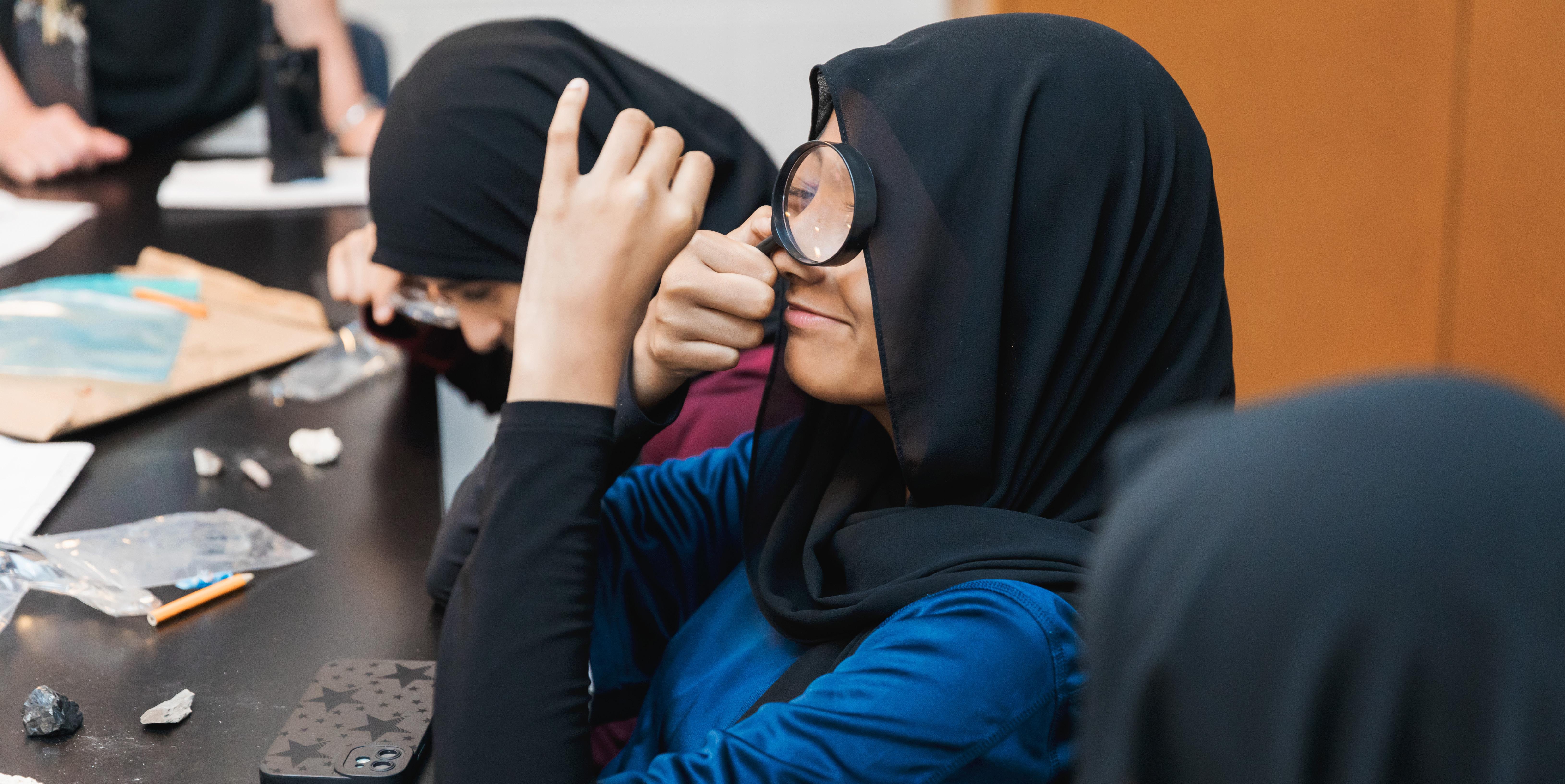
Every Rock Has a Story | Earth and Space Science
Explore and evaluate geologist Alfred Wegener’s evidence for continental drift and the existence of the supercontinent Pangaea with numerous rocks, fossils, and casts from Antarctica, Africa, and Australia. See how new technology and exploration of the deep oceans provided further evidence for the theory of plate tectonics, including how this explains the present-day distribution of earthquakes, volcanoes, mountains, rift valleys, rocks, and minerals. Also included are plate tectonic events that occurred in Michigan over 1 billion years ago! For Science on the GO! this is a single-class program.
Earth’s History | Earth and Space Science
Gather evidence from the fossil record using Institute fossil specimens to construct an explanation of how the geologic time scale is used to organize Earth’s history. Examine real fossils, place them in order of emergence from oldest to youngest following the law of superposition, and identify time periods of a species’ existence, extinction, or adaptation over time.
Electricity & Magnetism | Physical Science
In this energetic program, examine the properties of magnets and how they interact with common materials and each other. Investigate the discovery of electricity and its connection with atoms. Create a human magnet, a human circuit, perform a hair-raising experiment, and experience our million-volt lightning generator to observe how electricity and magnetism interact with matter. This auditorium presentation utilizes volunteer audience participants.
SCIENCE ON THE GO! at your location SCIENCE ON THE SCREEN virtual program
at the museum 11
FIELD TRIP
PROGRAMS FOR GRADES 6-8 CONTINUED










How Did T. rex Become the Ruler of the Dinosaurs? | Life Science
Examine fossil casts of T. rex from different stages of growth and development and draw conclusions on how this massive dinosaur’s structures supported its growth, behavior, and overall survival as the apex predator of its time. Recent studies focusing on the T. rex brain, including how it likely processed information and its perceived level of intelligence, will be analyzed. For Science on the GO ! this is a single-class program.
Matter & Energy | Physical Science
Investigate matter and the qualities scientists use to classify it as a solid, liquid, gas, or plasma. Explore mechanical energy, sound energy, light energy, heat energy, electrical energy, and chemical energy, and the effect each has on matter. Observe how energy is neither created or destroyed but can change from one form to another. This auditorium presentation utilizes volunteer audience participants. For Science on the GO! this is a multi-class program.
More Money! | Social Studies
Go global in this exploration of Macroeconomics! How do world-shaking events, natural and man-made, affect the World’s economic system? How does that impact our daily lives? Students explore the roots of modern freemarket and command economies and play a fast-paced, interactive card game, taking the role of world traders in commodities such as oil and electronics.
Sweetness & Power | Social Studies
The compelling saga of the Atlantic World during the era of colonialism begins with the question, “Sugar with your tea?” Artifacts from the Institute’s Anthropology collections accent the story of how everyday commodities such as sugar, tea, tobacco, and coffee built empires - often at great human cost.
Pegboard Challenge | Physical Science
Learn about one of NASA’s greatest engineering “square peg in a round hole” problem solving moments that took place during the Apollo 13 mission. Then test your own problem-solving skills to work out the Pegboard Challenge. Like an engineer, think outside the box, and collaborate with your group to move a small ball across obstacles with a limited amount of time and resources.
Physics of Fling | Physical Science










Explore Newton’s three laws and how forces cause motion. Learn the history of the trebuchet and observe the power of physics using the Institute’s three-ton trebuchet, capable of launching a watermelon-sized object the length of a football field or more! This program takes place outside, and is offered, weather permitting, Oct. 4 – Nov. 3, 2023, AND April 3 – June 7, 2024. This program can also take place at your location, however, a large outdoor space (size of football field) is required for the trebuchet launch.
Weather, Climate, and Our Planet | Earth and Space Science
Immerse in this thought-provoking and entertaining experience to gain a better understanding of weather and climate and how one drives the other. Live demonstrations support an empathetic comprehension of climate systems, and the natural and human roles that trigger outcomes for our planet. This is an auditorium presentation.
Many of our field trip programs are customizable for delivery at your location or virtually. Send a message to CISReservations@cranbrook.edu to inquire about curating an experience for your group!
All programs are NGSS-aligned. 12
PROGRAMS FOR GRADES 9+
Programming is available through field trips to the museum, Science on the GO! , and Science on the SCREEN!. Use the key to determine how your classroom will experience each program.
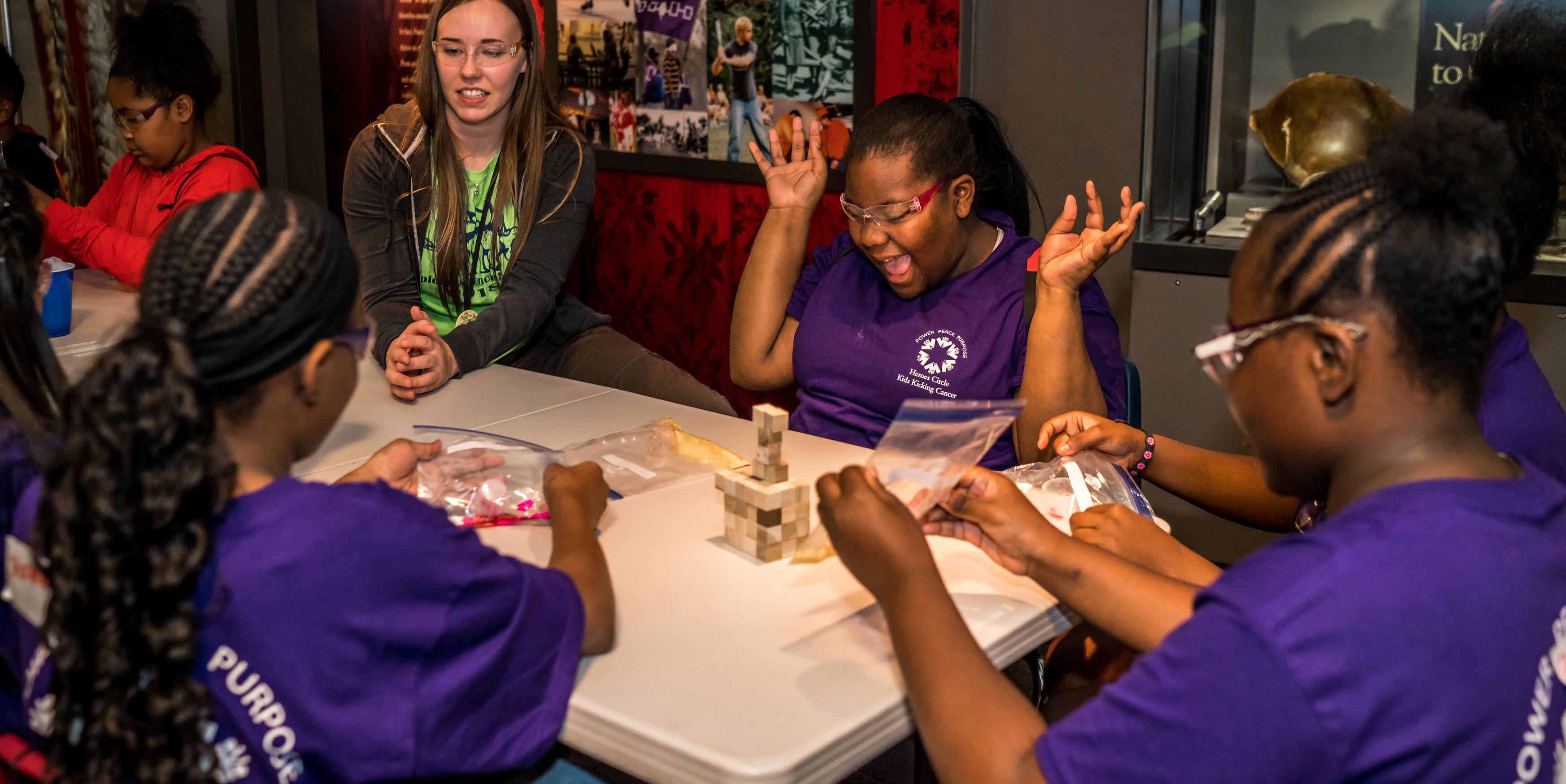
Every Rock Has a Story | Earth and Space Science

Explore and evaluate geologist’s Alfred Wegener’s evidence for continental drift and the existence of the supercontinent Pangaea with numerous rocks, fossils, and casts from Antarctica, Africa, and Australia. See how new technology and exploration of the deep oceans provided further evidence for the theory of plate tectonics, including how the theory explains the present-day distribution of earthquakes, volcanoes, mountains, rift valleys, rocks, and minerals—including plate tectonic events that occurred in Michigan over 1 billion years ago!
Earth’s History | Earth and Space Science








Gather evidence from the fossil record using Institute fossil specimens to construct an explanation for how the geologic time scale is used to organize Earth’s history. Examine real fossils, place them in order of emergence from oldest to youngest following the law of superposition, and identify time periods of a species existence, extinction, or changes over time.
How Did T. rex Become the Ruler of the Dinosaurs? | Life Science
Examine fossil casts of T. rex from different stages of growth and development and draw conclusions on how this massive dinosaur’s structures supported its growth, behavior, and overall survival as the apex predator of its time. Recent studies focusing on the T. rex brain, including how it likely processed information and its perceived level of intelligence, will be analyzed.
My Money! | Social Studies




Help students prepare to enter the working world in this activity-based program that starts with a whirlwind tour of the history of money with artifacts from the Institute’s collections. Then it poses the question, “How can I retire as a millionaire?” Using the Financial Literacy & Education Commission’s My Money Five principles approach, participants engage in activities to understand the importance of creating a household budget and building a retirement plan.

SCIENCE ON THE GO! at your location SCIENCE ON THE SCREEN virtual program
13
FIELD TRIP at the museum
PROGRAMS FOR GRADES 9+
Physics of Fling | Physical Science




Explore Newton’s three laws and how forces cause motion. Learn the history of the trebuchet and observe the power of physics using the Institute’s three-ton trebuchet, capable of launching a watermelon-sized object the length of a football field or more! This program takes place outside, and is offered, weather permitting, October 4 – November 3, 2023, AND April 3 – June 7, 2024. This program can also take place at your location, however, a large outdoor space (size of football field) is required for the trebuchet launch.
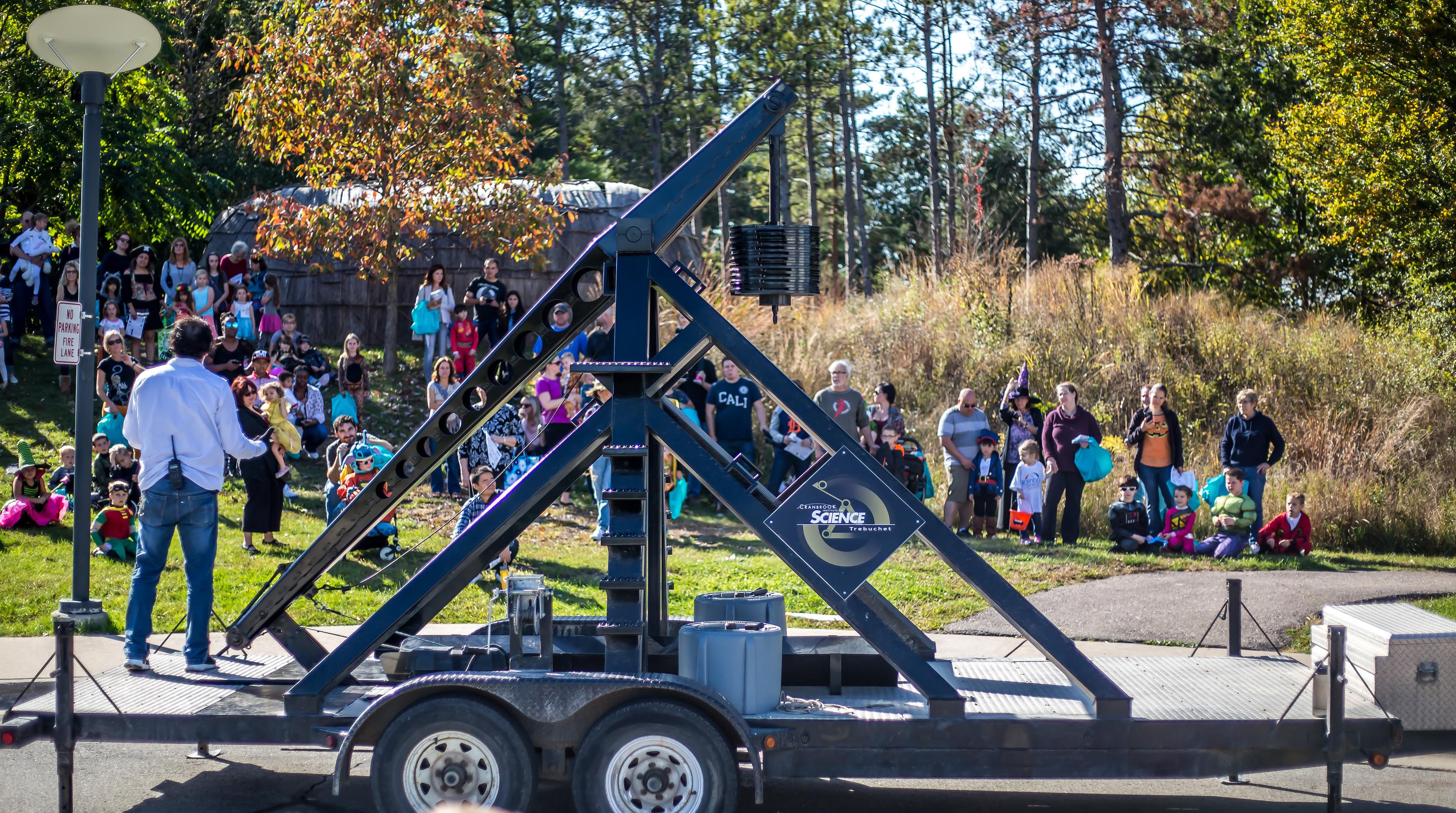
Process of Photosynthesis | Life Science
Use LEGO® Bricks to build and talk through the process of photosynthesis to demonstrate conservation of mass. In this program students will:
• Visualize how atoms combine to form molecules and how each molecule has a specific shape.
• Use chemical formulas to represent the number and kinds of atoms in a molecule.




• Physically build the photosynthesis/respiration equation with LEGO® Bricks to model both the reactants and products.
• Discover that most of a plant’s mass comes from air and water rather than soil.
Sweetness & Power | Social Studies
The compelling saga of the Atlantic World during the era of colonialism begins with the question, “Sugar with your tea?” Artifacts from the Institute’s Anthropology collections accent the story of how everyday commodities such as sugar, tea, tobacco, and coffee-built empires, often at great human cost.
Many of our field trip programs are customizable for delivery at your location or virtually. Send a message to CISReservations@cranbrook.edu to inquire about curating an experience for your group!
All programs are NGSS-aligned.
CONTINUED 14
ACHESON PLANETARIUM Educational Shows
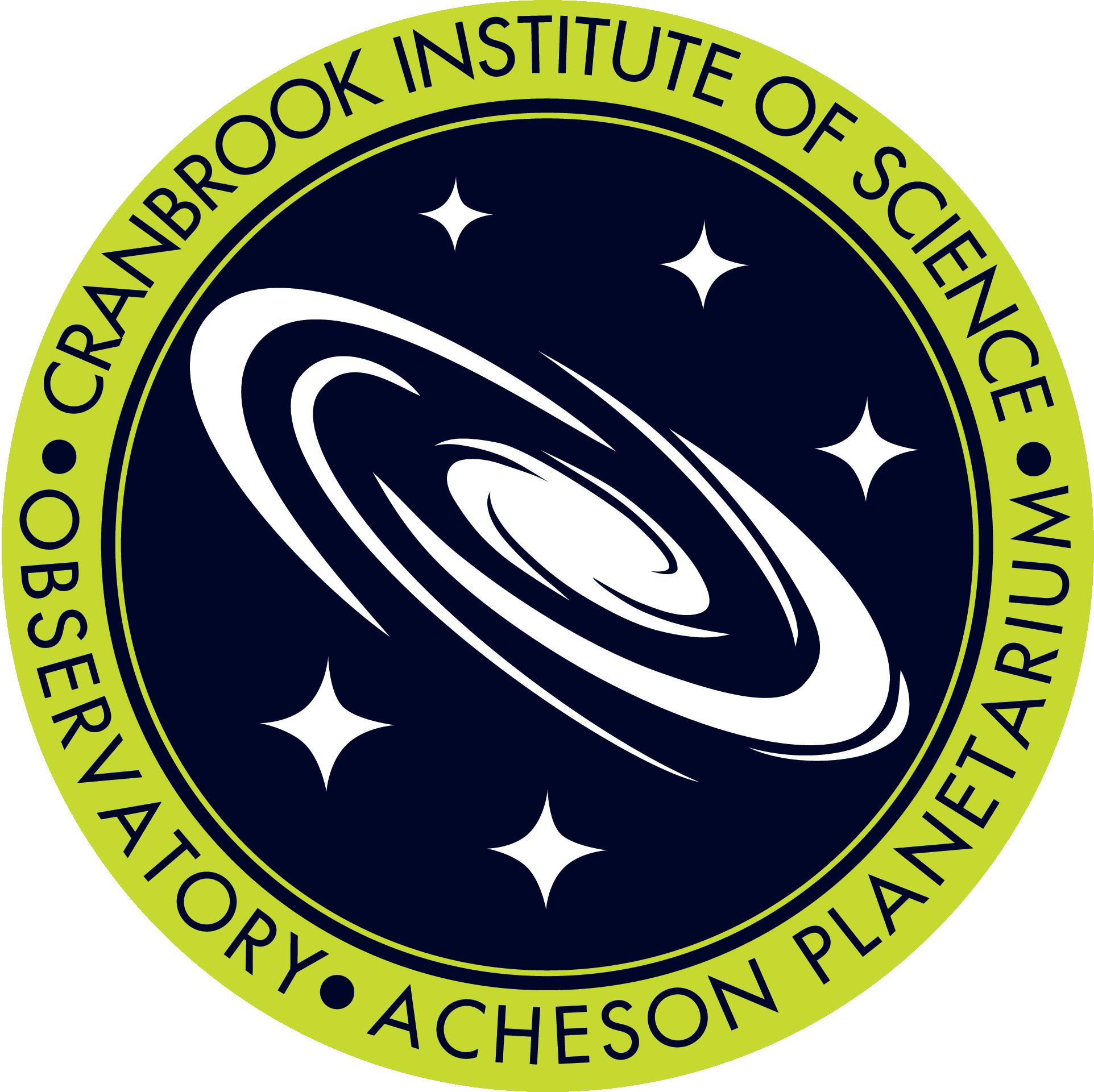
Cosmic Colors - An Adventure Along the Spectrum | Earth and Space Science
Journey with us across the entire electromagnetic spectrum. Discover the many reasons for color – why is the sky blue, why is Mars red? Take a tour within a plant leaf and journey inside the human eye. Investigate x-rays by voyaging to a monstrous black hole and then back at your doctor’s office. You will even see the actual color of a dinosaur based on recent evidence.
Recommended for grades 6 - 9+
Dinosaurs at Dusk | Earth and Space Science
Take to the skies and discover the origins of flight with a father and his teenage daughter who share a fascination for all things that fly. Navigate with them across continents, meet the ancestors of modern-day birds (the feathered dinosaurs), and experience the cataclysmic “last day” of the dinosaurs.
Recommended for grades 3 - 9+
Earth’s Changing Climate | Earth and Space Science
Students will examine how clouds and gasses in our atmosphere affect climate, and how wind and ocean currents modify climate on a global scale. We’ll discover how ice cores tell us what the climate was like hundreds of thousands of years ago, see how global temperatures have changed in the last 125 years, and what the future may hold if current trends continue. Together, we’ll explore what may be causing climate change and how it could affect the future of our planet. This is a live-narrated program.
Recommended for grades 3 - 9+
Evolution of the Stars | Earth and Space Science
Learn about the evolution of the stars, and the Sun in particular, in this energetic, informative program. From the turbulent cauldron of their birth, through the multitude of cataclysmic ways they can meet
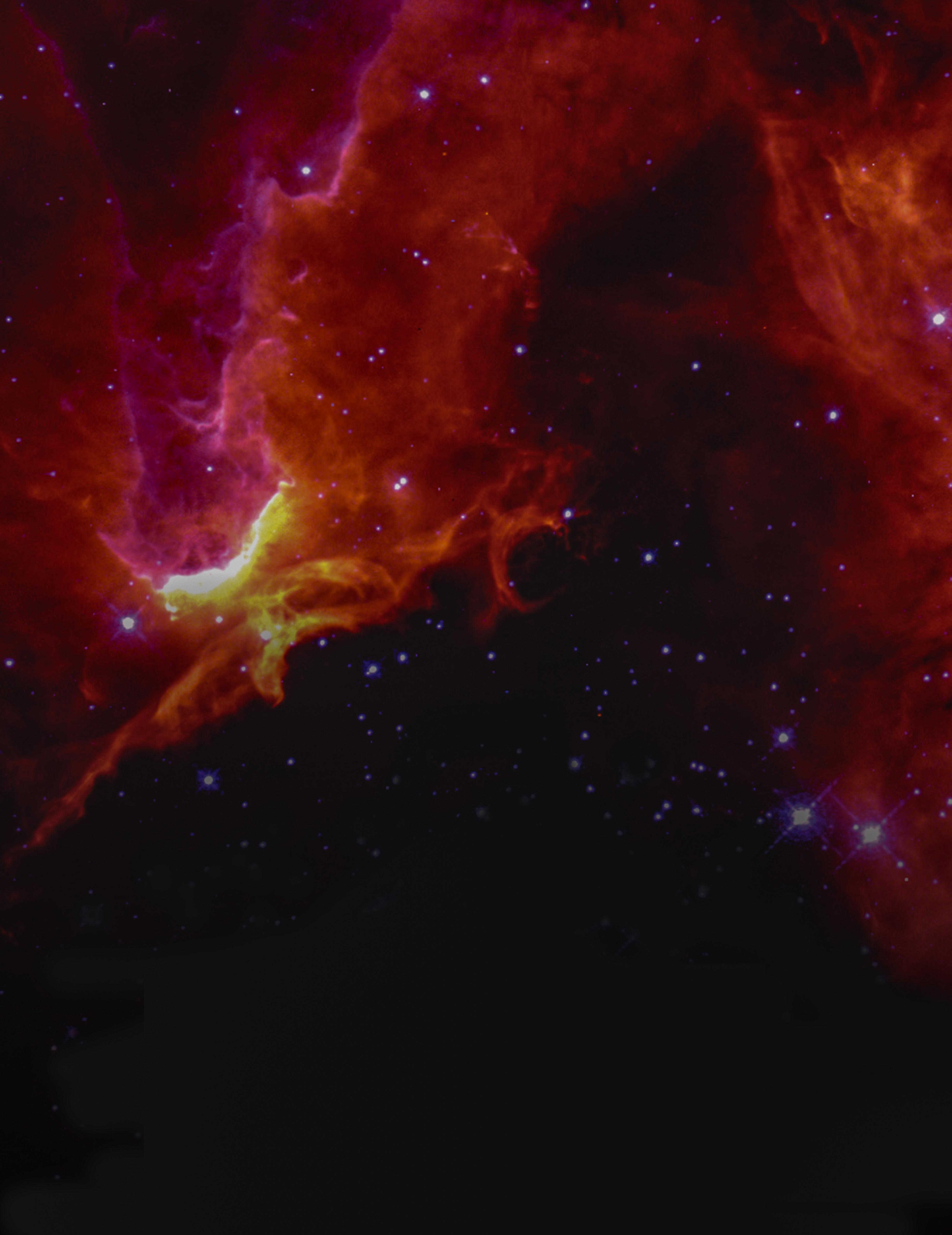
their end, discover the many untold secrets of the stars. This is a partially live-narrated program.
Recommended for grades 6 - 9+
From Dream to Discovery: Inside NASA Engineering | Engineering
Experience the challenges of the next generation of space exploration in this immersive program. By using exciting, real-life projects like NASA’s James Webb Space Telescope and the New Horizons mission to Pluto, the show highlights the extreme nature of spacecraft engineering and the life cycle of a space mission—from design and construction to the rigors of testing, launch, and operations. Blast off and take the voyage with us! This program also contains an interactive segment that allows participants to assist in the design of a virtual space mission. From Dream to Discovery is made possible by the generous support of the Baiardi Family Foundation.
Recommended for grades 6 - 9+
Michigan Sky Tonight | Earth and Space Science
What will I see when I go outside tonight? What’s happening at Saturn? What are the latest hot topics in astronomy? Michigan Sky Tonight is a live-narrated program about what’s happening in the current night sky and in the universe of astronomy, from constellations to comets, planets to nebulae. This program is updated weekly to reflect the latest astronomical discoveries or topics of interest.
Recommended for grades 3 - 9+
Natural Selection | Life Science
Join the young Charles Darwin on his adventurous voyage of exploration. Witness the thrill of scientific discovery by seeing the world through Darwin’s eyes, make observations of the most beautiful natural scenery, and let the pieces of the scientific puzzle fall into place. Darwin himself reveals the simple and most beautiful mechanism that explains the evolution of all life on Earth: Natural selection.
Recommended for grades 6 - 9+
15
Night Sky Objects and Beyond | Earth and Space Science
Find the Big Dipper, North Star, planets, constellations, and more in the current sky. Observe the apparent motion of the sky and venture into interstellar space to explore our starry home—the Milky Way Galaxy—in stunning three dimensions! This partially live-narrated program is updated weekly to reflect the latest astronomical discoveries or topics of interest.
Recommended for grades 3 - 9+
One World, One Sky: Big Bird’s Adventure | Earth and Space Science
Join Big Bird, Elmo, and Hu Hu Zhu on an exciting discovery of the Sun, Moon, and stars. Find the Big Dipper and the North Star and take an imaginary trip that explores the differences between the Moon and Earth. Then join them back on Earth to celebrate the idea that even though they live in different countries, they still share the same sky.
Recommended for grades Pre-K - 2
Reason for the Seasons | Earth and Space Science
Could the seasons and the ever-changing night sky be linked? Find out in this dynamic, live presentation demonstrating why the start of the seasons depends on your location on Earth, as well as Earth’s position around the Sun. Observe the Sun’s altitude and daily motion from various latitudes and discover why your favorite constellations aren’t visible every night. This is a live-narrated presentation.
Recommended for grades 4 - 9+
Season Changes & Moon Phases | Earth and Space Science
Discover the reason for the seasons and learn why the start of the seasons depends on your location on Earth, as well as Earth’s position around the Sun. Observe the sun’s altitude, daily motion from various latitudes, visit Mars, discover the phases of the moon, and uncover the mysteries of both solar and lunar eclipses. This is a live-narrated presentation.
Recommended for grades 4 - 9+
Secret of the Cardboard Rocket | Earth and Space Science
Join two young adventurers as they turn an old cardboard box into a rocket and blast off on an out-of-thisworld experience to the most amazing places in the solar system! On the journey, they’ll visit the planets
in our solar system and learn what makes each one unique. This program is available in either a 30- or 40–minute format.
Recommended for grades K - 4
Solar System Exploration | Earth and Space Science
Through this in-depth experience, explore the planets in our solar system, from their formation billions of years ago, to the current robotic missions sent to unlock their secrets. Learn about the latest discoveries of comets, moons, and icy bodies in the Kuiper Belt and beyond. See what the planets look like in the night sky and how they move along their orbits over time. This is a live-narrated presentation.
Recommended for grades 4 - 9+
Stories in the Stars | Earth and Space Science
Travel to the Isle of Crete where the legends of Zeus, Hercules, Orion, Perseus, Medusa, and many others come to life. The Ancient Greeks and Romans may not have understood the nature of the stars, but they certainly had vivid imaginations as they created their mythological legends and stories while looking at them. This is a live-narrated presentation.
Recommended for grades 5 - 9+
The Great Lakes and Beyond | Earth and Space Science
Water is plentiful here in Michigan, including the beauty and majesty of the Great Lakes as well as countless other smaller bodies of water. Our water resources are not infinite, and they must be wisely cared for, thoughtfully preserved, and meticulously improved to ensure they can sustain use and enjoyment for current and future generations. We’ll answer the questions, “Does water exist elsewhere? If not now, did it in the past? Will it in the future? What do the other planets in our solar system tell us about water here on Earth?”
Recommended for grades 3 - 9+
Young Stargazers Sky Journey | Earth and Space Science
Together, let’s make the sky turn dark and sprinkle it with stars. During this program, your students will embark on a mesmerizing and educational journey through space watching the Moon change phases, tell stories by playing with connect-the-dot stars, and travel to the eight planets in our solar system – and even Pluto! This is a live-narrated program.
Recommended for grades Pre-K - 2
ACHESON PLANETARIUM CONTINUED 16
ACHESON PLANETARIUM Entertainment Shows
Christmas Lights!
Immerse yourself in the holiday spirit with dazzling digital effects choreographed to classic wintry tunes and Christmas music, including: “Wizards in Winter,” “Jingle Bell Rock,” “Merry Little Christmas,” “Rudolph the Red-nosed Reindeer,” “White Christmas,” “Winter Wonderland,” and more. Offered Nov. 1 – Dec. 21, 2023.
Recommended for grades K - 9+
Let It Snow
An energetic, fun, and entertaining adventure for all ages, Let It Snow features festive classics from Frank Sinatra, Chuck Berry, Burl Ives, and Brenda Lee. Students will be mesmerized by a stunning, multi-media finale by the Trans-Siberian Orchestra. Offered Nov. 1 – Dec. 21, 2023.
Recommended for grades Pre-K - 9+
Mystery of the Christmas Star
Journey to Bethlehem as we examine the possible scientific explanation for the Star the Magi followed to find baby Jesus. Using recorded sightings of significant astronomical occurrences during related
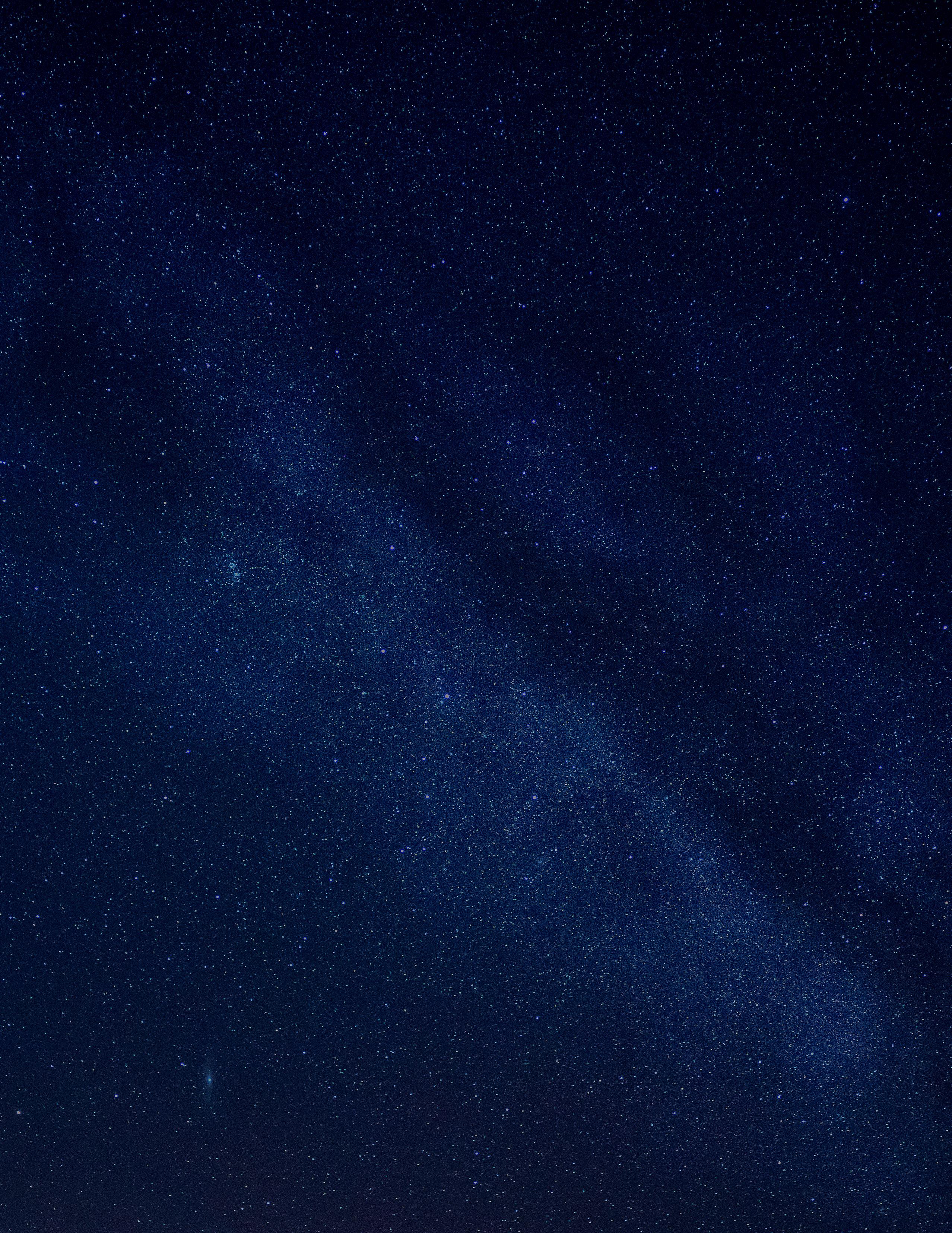
historical events, we’ll investigate possible dates for the birth of Jesus, which have been investigated by historians for centuries. Offered Nov. 1 – Dec. 21, 2023.
Recommended for grades 3 - 9+
SPACEPARK360
Dip toward molten pools on Io, one of Jupiter’s moons, dodge flying particles in the rings of Uranus, do a loop-the-loop through the canyons of Mars, and more on nine different “rides.” Set to popular music by White Zombies, U2, Stealers Wheel, Lenny Kravitz, and others, SpacePark360 is an immersive, all-ages experience.
Recommended for grades K - 9+
SPACEPARK360:
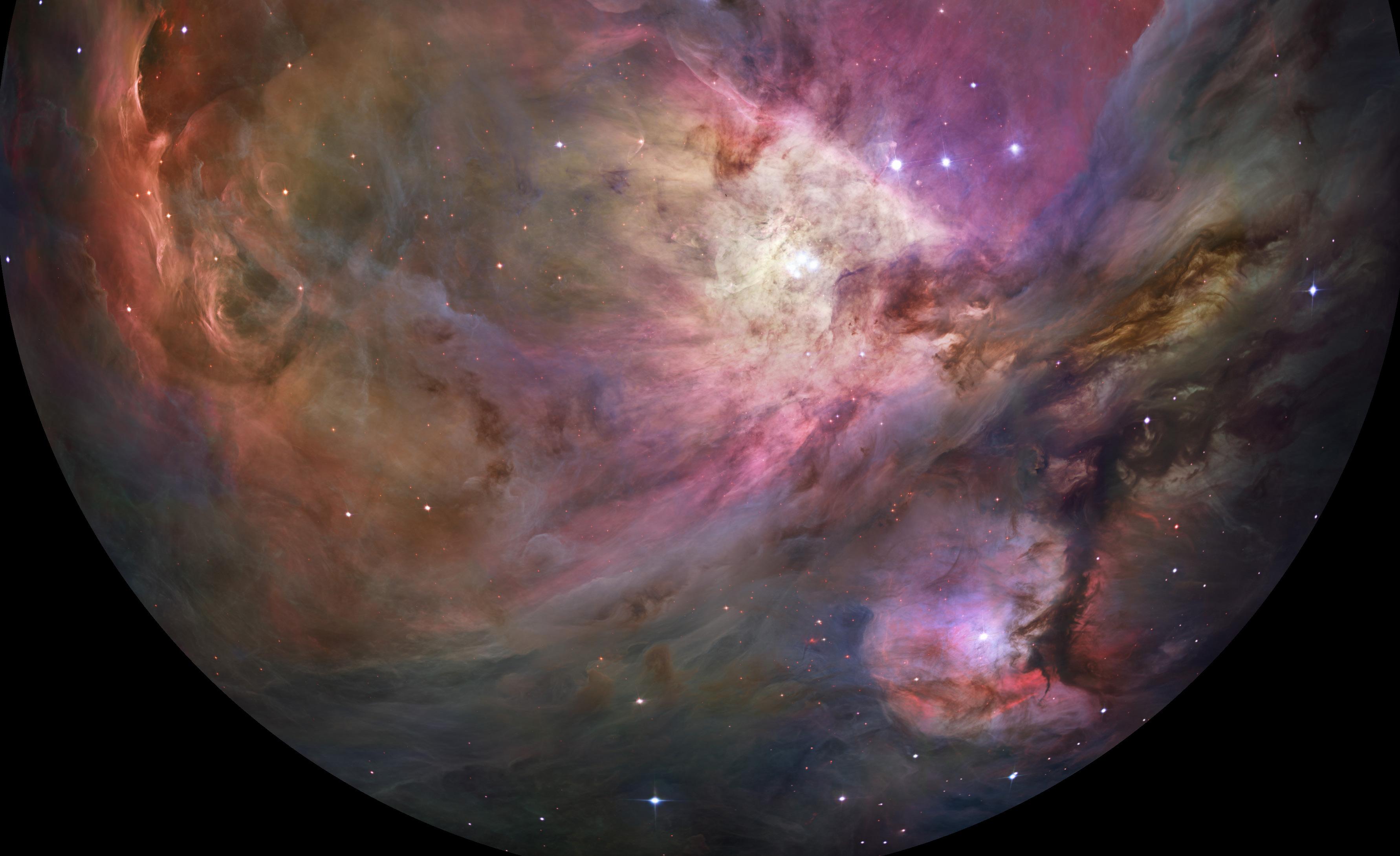
Lucid Dreaming Editiom
Experience the same great visuals as SpacePark360, but this time set to the infectious music of A Burning Century, an Atlanta-based alternative-rock-electronica band that combines soaring melodies with hard-hitting rhythms.
Recommended for grades K - 9+
17
WE CAN BRING THE PLANETARIUM TO YOUR CLASS!

Take a journey in our portable, digital planetarium through the night sky discovering distant stars, planets, constellations, and more.
All of the planetarium programs offered at the Institute are available, except for Spacepark360 and SpacePark360: Lucid Dreaming Edition.
Shows available for grades Pre-K - 9+
The Acheson Mobile Planetarium is offered year-round
Learn more about the Acheson Planetarium and the Acheson Mobile Planetarium by visiting HERE!

18
Plan a visit to our newest exhibit:
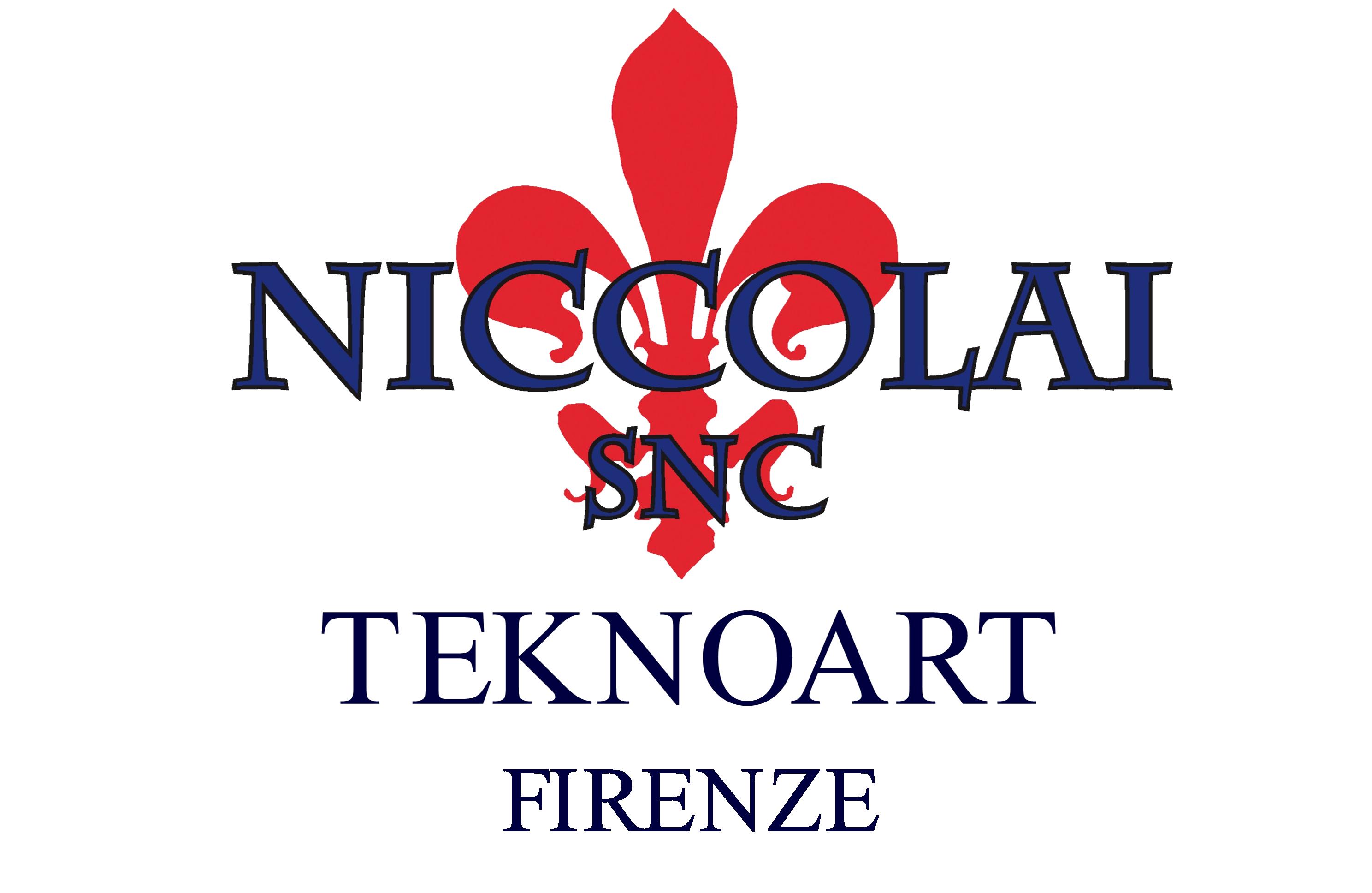
Scientist, Astronomer, Visionary

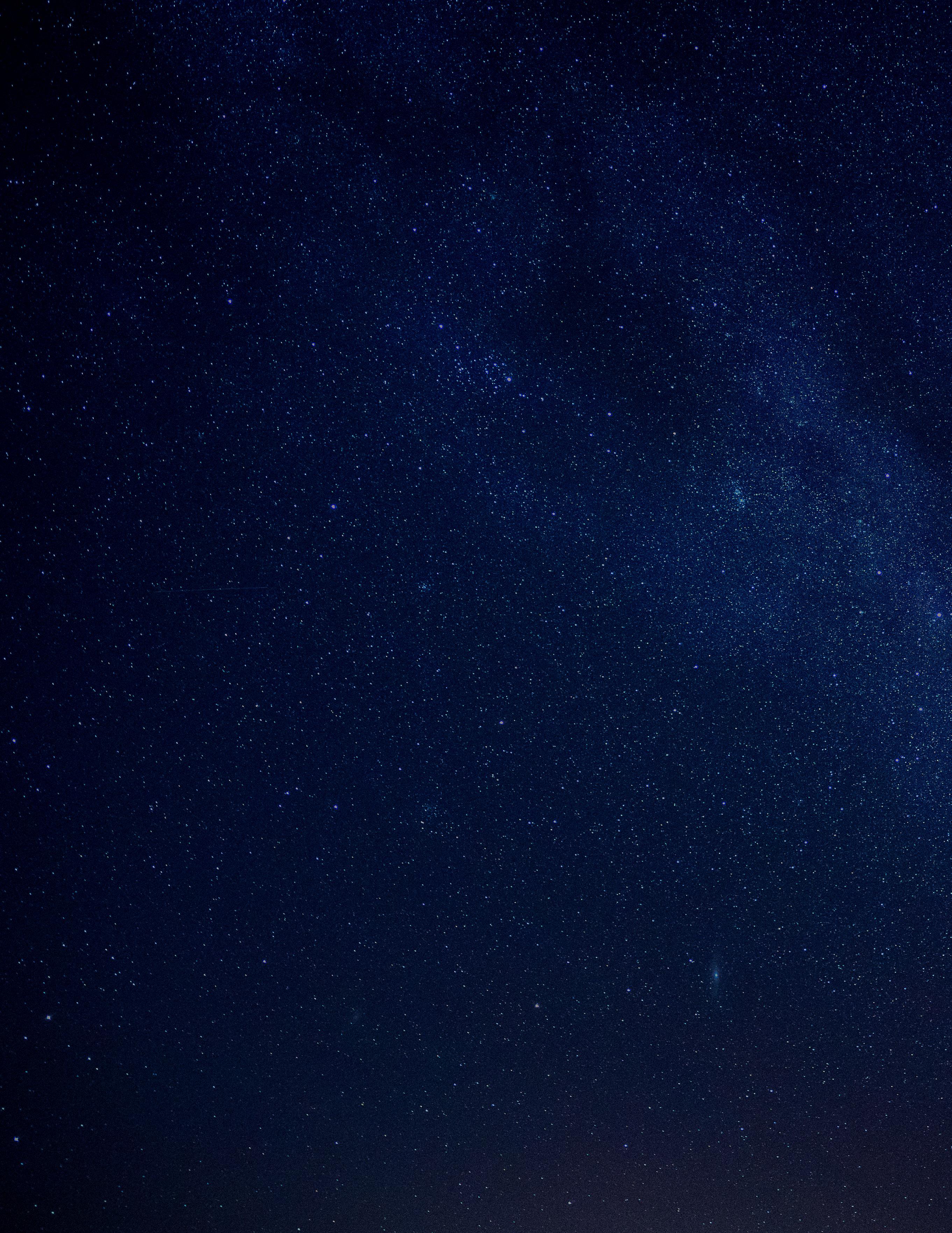
OCTOBER 1, 2023 — JUNE 2, 2024
Your students are invited to explore the fascinating life and discoveries of Galileo Galilei (1564-1642), the Italian scientist, astronomer, and mathematician at the Institute’s newest traveling exhibit!
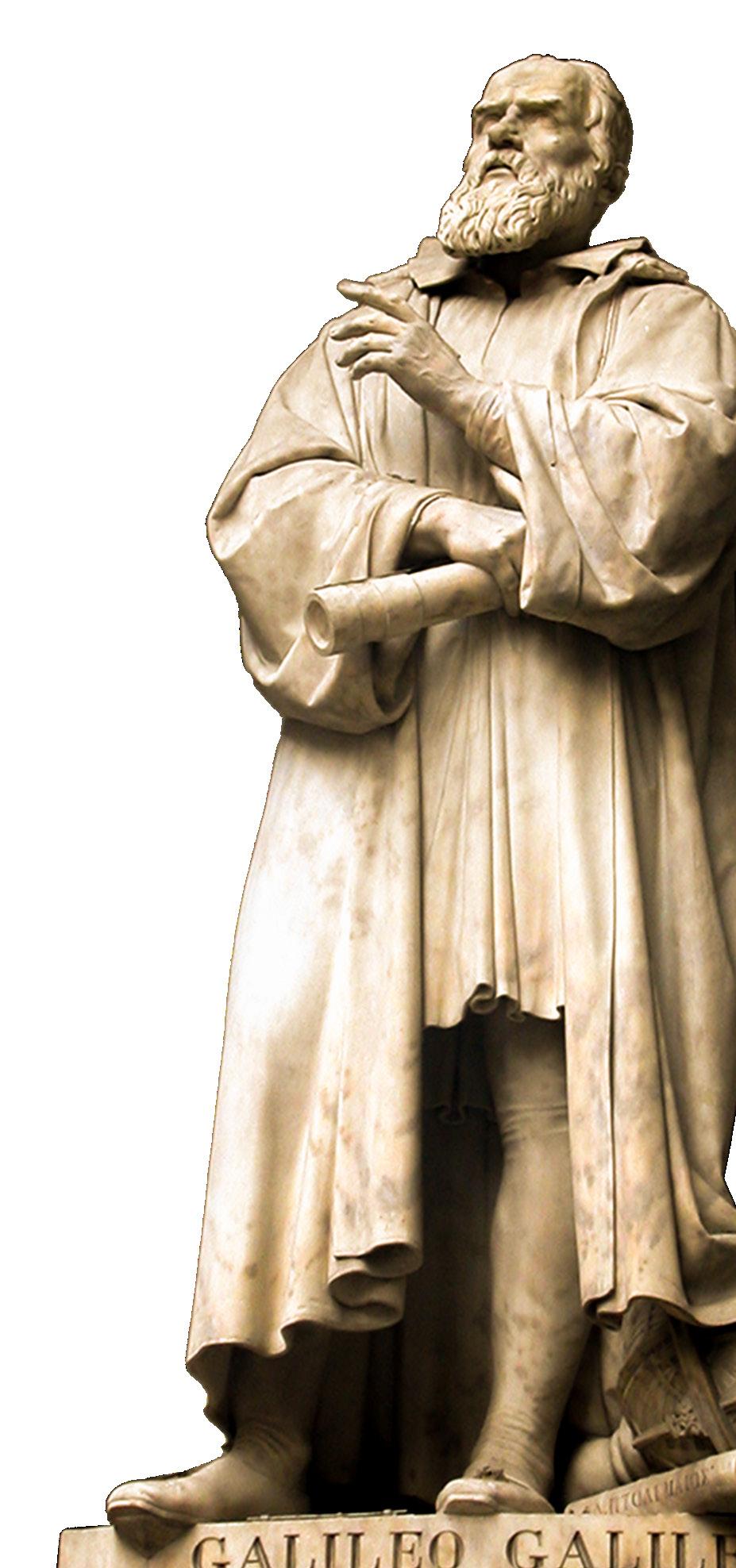
Your classroom will discover how Galileo’s fearless work in science, physics, and astronomy, from over four centuries ago, has shaped our modern world, and ultimately paved the way for today’s space travel. This exhibition will immerse learners in hands-on experiments that reveal the secrets behind Galileo’s groundbreaking science to bring his story to life.
The exhibition features STEAM educational exploration and the most significant of Galileo’s findings:
• Galileo’s telescope: Though he did not invent the telescope, he was the first to use it to observe celestial objects, such as the Moon, and record his discoveries.
• Testing laws of gravity: Using inclined planes and geometry, Galileo examined the motion of objects under gravity, with his theories being the basis for artillery throughout the 17th and 18th centuries. Even the youngest scientists will have fun exploring Galileo through: Galileo’s telescope, testing the laws of gravity and laws of motion, levers and scales, the pendulum, and gears and pulleys.
FOR GRADES 3 - 5:
Make sure you check out page 8 to learn how your classroom can experience Galileo at the Institute of Science AND explore Cranbrook Art Museum (2 field trips in one!)
To learn more about the Galileo exhibition, visit science.cranbrook.edu
This exhibition was created by the Artisans of Florence –International and NICCOLAI TEKNOART S.N.C. (Firenze).
EVEN MORE TO EXPLORE!
Your students will be surrounded by educational experiences when they visit the museum. From rare and dazzling minerals, to real meteorites, to a full-size T. rex there is so much to discover and explore. We invite you to schedule a visit to one, or more, of our galleries during your next field trip.
ACHESON LIGHT LAB
Constructed of textured concrete block and seven different kinds of glass, the Light Lab rises nearly 40 feet and will shower students with patterned light and color as the Sun’s rays pass through the glass.
ASTRONOMY GALLERY
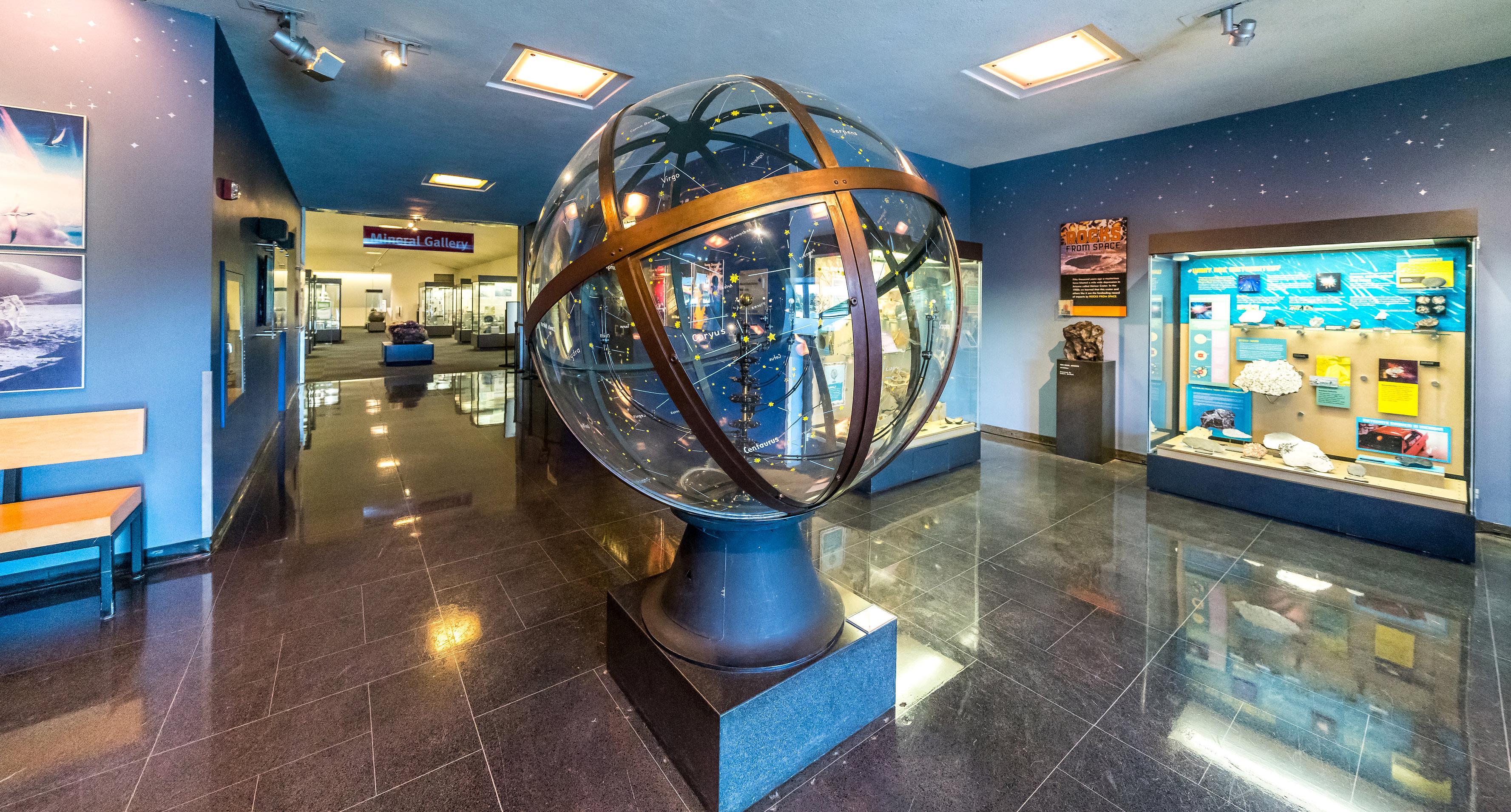
Highlights meteorites collected from around the world, tools of astronomy, and a mechanical model of our solar system.
EVERY ROCK HAS A STORY
Learn about materials that make up the Earth and processes that have shaped the globe over time. The Earth is constantly changing and the astonishing results include earthquakes, diamonds, and more.
FLINT ANTHROPOLOGY GALLERY
This exhibit features video clips and a soundtrack narrative telling the story of the Native People of the Great Lakes region and illustrates the impact new influences had on their way of life.
ICE AGES COME AND GO
Explore seasons, heat distribution, and how heat travels across the globe. Learn how Michigan’s landscape was carved by the movement of glaciers and how the Sun causes climate change on Earth.
ICE AGE SURVIVORS
Showcases large animals that survived the last pulse of the Late Quaternary extinctions in North America that occurred between 11,500 and 10,000 years ago.
LIFE CHANGES OVER TIME
Come face-to-face with a full-sized cast of Tyrannosaurus rex and examine natural selection. Discover what dinosaur features are shared with common birds and so much more.
LIFE ON EARTH
Explore unique specimens and visual elements to present the complexities of Earth’s biodiversity. Earth’s ecosphere is stratified into zones, and some of them appear to be extremely inhospitable to life, yet organisms still thrive there.
20
M1 HYPER-LOOP CAR
Unlike more modern versions of tube-trains, where air is removed from the tube to reduce drag and friction, our model uses air pressure to propel the vehicle. Using air pressure to move objects, cargo, and people had been proposed by engineers as early as the late 18th century.
MASTODONS DID NOT SURVIVE
Examine extinction through the example of the mastodon, and learn about animals that went extinct by the close of the last Ice Age.

MEGALODON
This exhibit provides a wonderful photo opportunity to get your picture taken in front of the jaws of one of most dangerous ocean-going apex predators in history, Megalodon! As you get your photo taken, discover some interesting facts about this giant fish and examine a real fossil tooth.
MINERAL STUDY GALLERY
Examine and discover more than 1,800 sparkling treasures in our Mineral Gallery, including 300 minerals from Michigan, such as gypsum, copper, and halite.
MOTION GALLERY
Encourages imagination and finesse as students play with physics, illustrating how matter, including you, travels, balances, and spins.
THE STORY OF US
Showcases the very best of the Institute’s nationally-regarded anthropology collection and offers an unprecedented immersion experience.
WATER IS LIKE NOTHING ELSE
Students will get to see and touch a cast of the floor of a now extinct 500,000-year-old sea. Make it rain, hail, sleet, or snow by adjusting moisture levels in the air and temperatures on the ground.
WOODLANDS DEN
The dioramas of Michigan plant associations in this exhibit capture both a reminder of the Institute’s past and a glimpse of habitats increasingly threatened throughout the state.
21
LEARN MORE ABOUT THESE EXHIBITS HERE!
PRICING AND PAYMENT POLICIES

SCHOOL-DAY FIELD TRIPS Programs at the museum
Prices include admission, permanent and changing exhibits, parking, and program-related scavenger hunts for use during your visit. Programs are approximately 45 minutes and start on the hour.

Field trips require a minimum of 20 paying participants to qualify for school group rates. Cranbrook Institute of Science membership, museum passes, and reciprocal membership discounts do not apply to field trip costs.
Lunch is not provided. You are welcome to bring lunch or pre-purchase by calling the Reflections Café at 248.645.3201 no less than 3 weeks prior to your visit. Lunch space is reserved first-come, first-served, after we receive your deposit.
SCHOOL DAY FIELD TRIP RATES PER STUDENT
1 PROGRAM $13
2 PROGRAMS $16
3 PROGRAMS $18
4 PROGRAMS
$20

ADDITIONAL FEES PER PERSON
Pre-K and K groups are allowed one free chaperone for every three students; 1st - 9+ groups are allowed one free chaperone for every five students. Adults beyond the above noted free chaperones are welcome at $13/person.
SCIENCE ON THE GO! Programs at your location
Programs last approximately 45 minutes.
SINGLE CLASS PROGRAMS


Max 30 students per program $375
Each additional same day program $250
MULTI-CLASS PROGRAMS
Max 150 students per program $475
Each additional same day repeat program ........ $350
TRAVEL FEES LISTED ON PAGE 23
Email us for custom programming!
22
SCIENCE SAMPLER Offered school days or evenings at your location
PRICE INCLUDES: 14 school-selected activities (three will include make-and-takes) for up to two hours.
REQUIRES: 14 tables, 14 chairs, 14 adult/high school* volunteers**
*High School students require an adult chaperone, secured by the school, who provides onsite supervision throughout the entire program
**Volunteers are required to stay with their table/ activity throughout the entire program
MAX 300 participants per program
SCIENCE ON THE SCREEN!
Virtual programs at your location
Per Program $200
Venue is responsible for providing connection link to the Institute of Science and participants ( Zoom or Teams compatible).
For information about custom student kits and costs please email us!
PAYMENT POLICIES:
$800
Additional consecutive time ............................... $300/Hr
TRAVEL FEES LISTED ON PAGE 23
Email us to customize your Science Sampler!
PHYSICS OF FLING!
Programs at your location
REQUIREMENT: Minimum 250’ launch range
Max 30 students per program
TRAVEL FEES LISTED BELOW
ACHESON MOBILE PLANETARIUM
Programs at your location
$600
REQUIREMENTS: Minimum 14’ ceiling and 30’ diameter floor space on a first level of the venue





First Show .................................................................................... $475
Additional Shows scheduled same day ............. $300 (Max 50 people per program)
TRAVEL FEES LISTED BELOW
TRAVEL FEES BY COUNTY
Macomb, Oakland, Wayne: $70
Genesee, Lapeer, Livingston, Washtenaw: ............... $95
Ingham, Monroe, St. Clair, Saginaw, Sanilac, Shiawassee, Tuscola: $125



Bay, Clinton, Eaton, Jackson, Lenawee: ..................... $150
Calhoun, Gratiot, Hillsdale, Huron, Ionia, Midland: $165
Arenac, Barry, Branch, Clare, Isabella, Kalamazoo, Kent: $200
For all other counties, please email us.
Interested in booking a visit to occur within 45 calendar days? FULL PAYMENT is due at booking and the below cancellation policies apply:
A $100 non-refundable registration fee is required at booking to place a temporary hold on your requested date. This will be credited toward your field trip or forfeited if (at any time) the trip is canceled by the school.
NO LESS than 21 calendar days after you receive your e-invoice or 60 days prior to your visit (whichever comes first), a non-refundable payment of 50% of remaining balance, and signed contract, are due.
NO LESS than 45 calendar days before your visit, the remaining balance is due. Non-payment will result in cancellation of your visit and loss of registration fee and any deposits.
FINAL BALANCE due is based on attendance reported 45 calendar days before the date of your visit or the number of attendees on the day of the visit, whichever is greater.
Less than 45 days from the date of your visit, balances will only be updated due to increased attendance.
Cancellation in writing more than 45 calendar days before the date of your visit:
• Reschedule with no additional fees
• Your registration fee and deposit/s will be credited towards a future field trip occuring before June 7, 2024
• Any remaining pre-payment greater than 50% will be refunded
• Cancellation in writing 45 calendar days or less before the date of your visit:
• Registration fee and deposit/s are forfeited
• Any remaining payment will be credited towards a future field trip occuring before June 7, 2024
23
FAQ’S
How many people are required to receive group rates at Cranbrook Institute of Science?
20 paying participants. This can be any combination of adults and students.
What if my group is less than 20, but I still want a private program?
You may pay for 20 people at the group rate (even if your group is smaller) and you can still receive a program for your group.
We only want to see a planetarium show. Can’t we just pay for the planetarium?
The Acheson Planetarium may be rented for private shows at mutually agreeable times. Private rentals do include museum admission. For school-day groups, planetarium programs may be selected as one (or more) of the group’s programs.

Can we visit the museum without seeing a program?
School-day group visits have the cost of programming factored into ticket prices. Foregoing program-
24
ming will not affect pricing and your visit will be limited to 2 hours. Admission pricing for senior/private weekend groups is independent of program charges.
What are your group rates for homeschool groups?
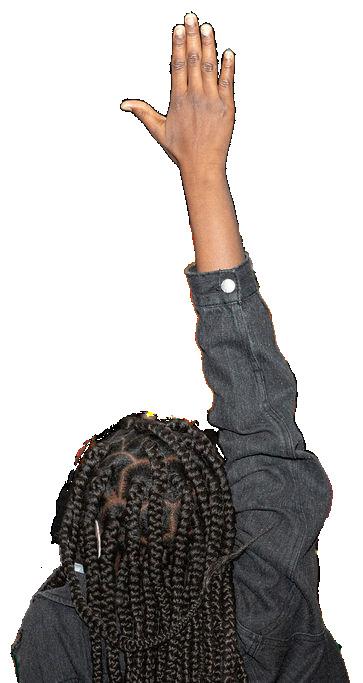
During the week, school-day field trip fees apply. Chaperones are $13 per person, with one chaperone admitted free of charge for every 5 students, after the 20-person group minimum has been met. Teachers are free, provided the 20-person group minimum has been met.
How far in advance should I secure my group visit?
Reservations are accepted on a first-come, firstserved basis. We recommend scheduling at least 45 calendar days in advance of your desired date of visit.
When are my final attendance numbers due?
45 calendar days, minimum, in advance of your group’s visit.
What if fewer people come on the day of our scheduled visit?
Final balance due is based on attendance reported 45 calendar days before the date of your visit or the number of attendees on the day of the visit, whichev er is greater.
Less than 45 days from the date of your visit, balances will only be updated due to increased attendance.
What if I need to cancel my group’s visit?
Cancel in writing more than 45 calendar days before the date of your visit:
• Reschedule with no additional fees
• Your registration fee and deposit/s will be credited towards a future field trip occuring before June 7, 2024
• Any remaining pre-payment greater than 50% will be refunded
• Cancellation in writing 45 calendar days or less before the date of your visit:
• Registration fee and deposit/s are forfeited
• Any remaining payment will be credited to a future field trip occurring before June 7, 2024
What deposit is required to secure my group’s visit?
A $100 non-refundable registration fee is required at booking to place a temporary hold on your requested date. This will be credited toward your field trip or forfeited if, at any time, the trip is canceled by
How long are your educational programs?
Most programs are approximately 45
When are programs offered?
Group programs are offered Wednesdays, Thursdays, and Fridays, on the hour, beginning at 9:00am.
How far in advance of my group’s program do I need
Groups are expected to arrive no less than 15 minutes prior to the first scheduled program start
What if my group is running late?
Please call the Reservations Office at 248.645.3210 or 248.645.3290
25
Contact Us!
If you have questions about programming or would like to inquire about curating an experience for your group, please contact us by email or phone. We are happy to work with you and your group to customize a field trip at the museum, at your location, or virtually.

Thank you for choosing Cranbrook Institute of Science for your STEAM programming.
NEW! this year, EVERY student participating in any program receives a voucher to return to the museum for FREE general admission.
glassdoor glassdoor
NOW OPEN HERE!
cranbrookscience CranbrookInstituteofScience EMAIL US HERE! PHONE: 248.645.3210
REGISTRATION


































